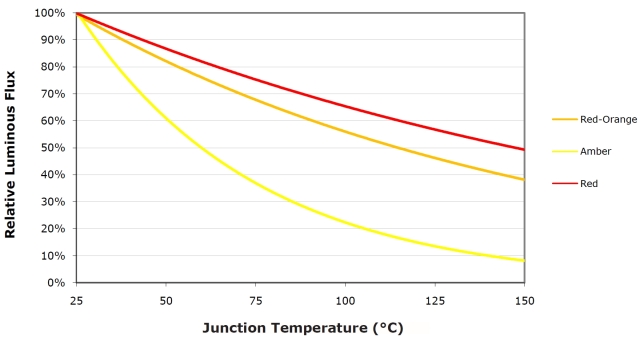This study is obviously biased toward HydroGrow. Yes, they are a good company who make some of the better lamps. But they cannot claim to speak for the entire market.
Having built a couple DIY LED lights myself and having personally seen results not only from my grow, but from all over the internet, let me say two things I know for sure.
1. A properly designed LED lamp will grow excellent buds, as good as or better than HPS in quality. Properly designed is the key here; thermal management and spectra must be dialed in.
2. The LED market is a confusing minefield with wildly varying results and prices. One google search will make this abundantly clear.
3. There is no "bad" HID lighting. HID lighting produces consistent, large and potent results. The difference between one 1000w HPS and another is nil.
4. There are bad LED lamps. Bad LED lights produce too much heat, low lumens and inconsistent spectra resulting in leafy plants and small, airy buds. (Blackstar I'm looking at you)
5. Good HID lights cheap, good LED lights are NOT.
6. Bad LED lights will fail prematurely. Yes, their lumen output will be reduced and so will their lifespan due to bad thermal management. There goes your "energy saving" investment. There is one company I just read about implementing a buyback program. Wonder why?
So basically for the average hobby grower HID is still the obvious choice. Heat is really the only downside. Put a 1000w HPS up against the best LED light on the market and I guarantee you the HPS will be the better looking and yielding plant. LEDs cannot match the intensity of the 600 and 1000w bulbs; they just can't yet.
Now if you make your own using good Cree or Osram LEDs, now we're cooking with fire. Give me 800w of high bin Osram Golden Dragons on a giant heatsink and watch it outperform the best HPS. Unfortunately the saying, "if you want to do something right, do it yourself" applies to LED tech at this point in time.





